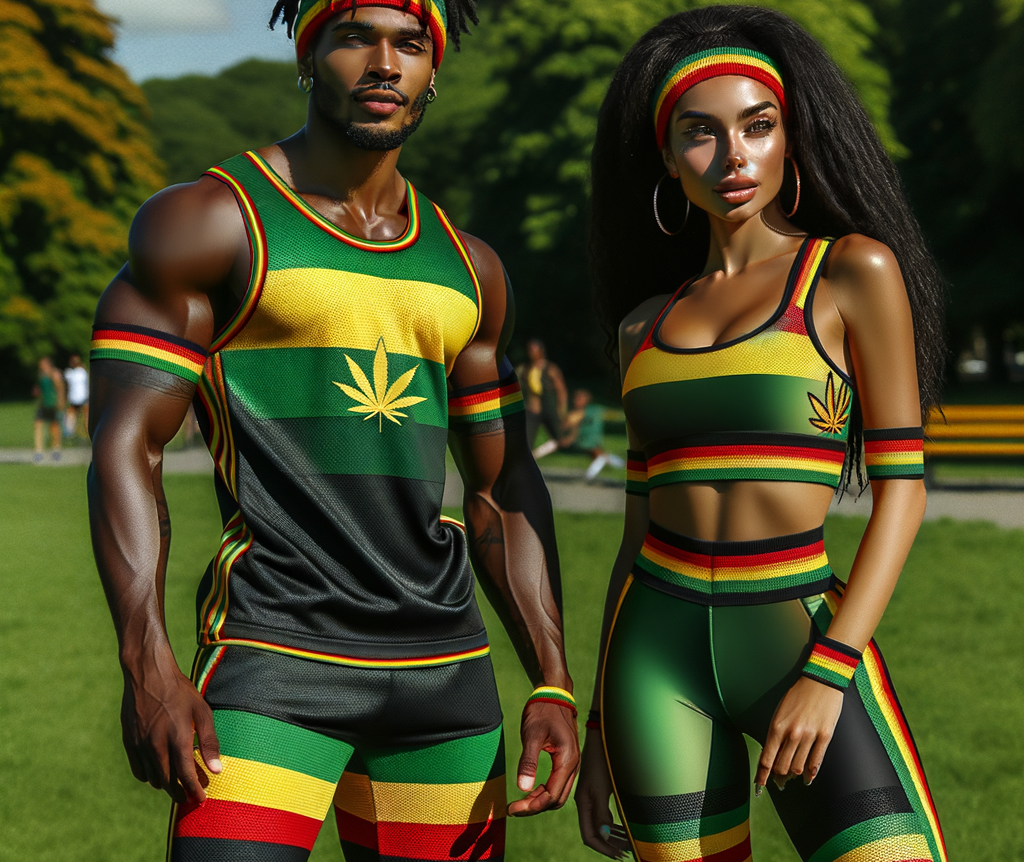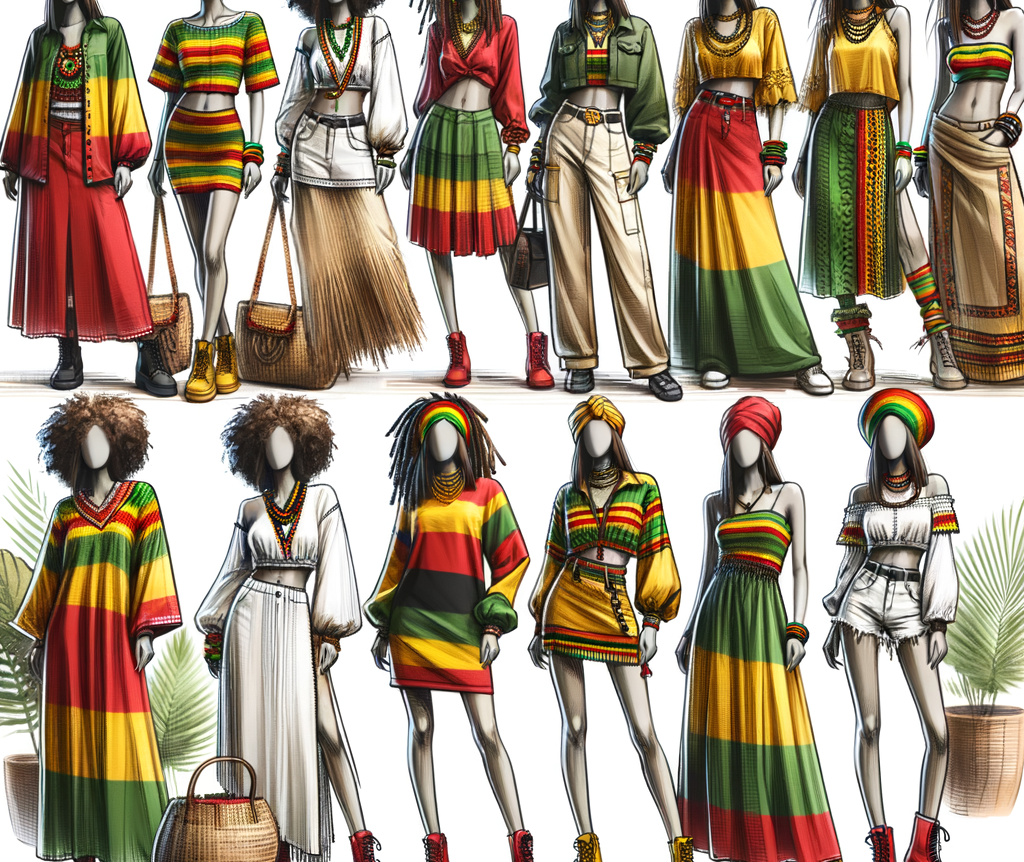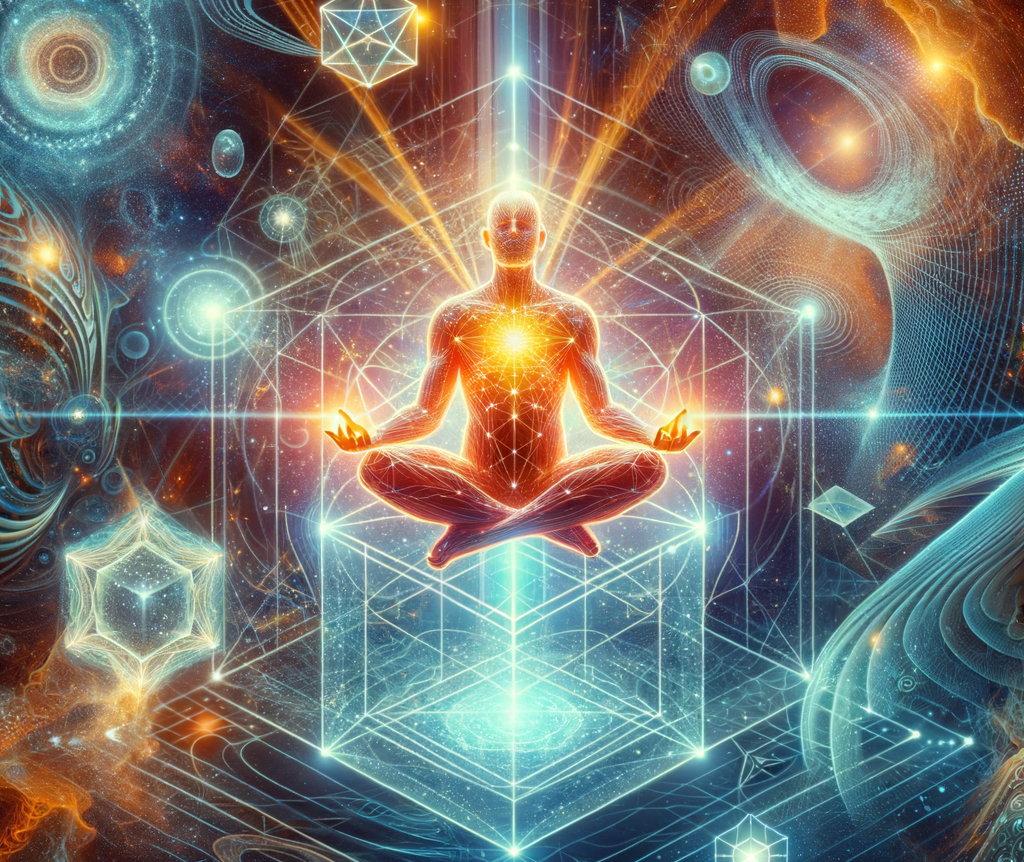Guiding You Towards 5D Consciousness
Best Female Rasta Clothing
Check out the best female Rasta clothing at Fifth Degree USA. Explore our collection
continue
How To Unlock Your Superhuman Potential Using Fifth Dimension Consciousness
Understanding the Basics of Fifth Dimension Consciousness Have you ever wondered if there’s more
continue
Lessons From Bob Marley On Following Your Dreams and Overcoming Challenges
Bob Marley, the legendary Jamaican musician, is not only known for his iconic reggae
continue






